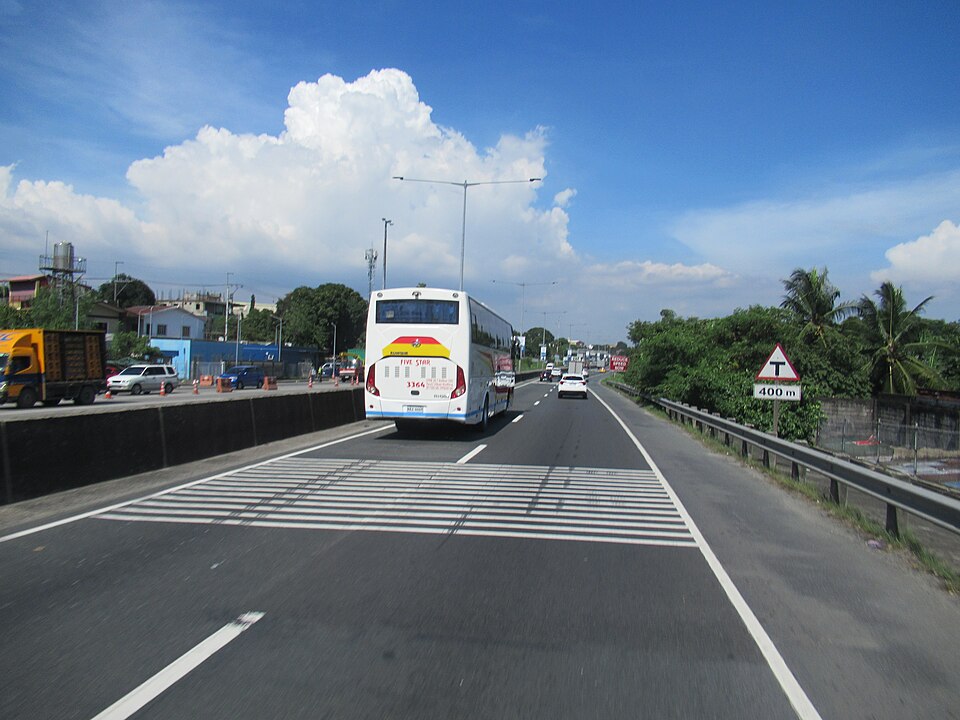Smart city initiatives are increasingly focused on optimizing bus services, and a key component is the design and implementation of effective bus stop bus lanes. These aren’t just painted lines; they’re strategically planned systems that prioritize bus travel, reduce congestion, and improve the overall commuting experience.
Here are 10 features of effective smart city bus lanes:
1. Physical Separation: The most effective bus lanes are physically separated from general traffic flow. This can be achieved through concrete barriers, bollards, or raised medians, preventing vehicles from illegally entering the bus lane and causing delays.
2. Intelligent Transportation Systems (ITS) Integration: Smart bus lanes utilize ITS to optimize traffic flow. This includes real-time traffic monitoring, adaptive traffic signals that give buses priority, and predictive analytics to anticipate congestion and adjust routes accordingly.
3. Markings should clearly indicate the purpose of the lane, permissible hours of operation, and any restrictions on vehicle types.
4. Dedicated Enforcement: Regular enforcement is essential to deter illegal use of the bus lane. This can be achieved through automated camera systems, dedicated traffic officers, or a combination of both.
5. Strategic Placement: Well-placed bus lanes connect key destinations, such as transit hubs, commercial areas, and residential zones. They should integrate seamlessly with the existing road network and minimize disruptions to other traffic.
6. Prioritized Intersection Management: At intersections, buses should be given priority through signal timing adjustments and queue jump lanes.
7. Comfortable and Accessible Bus Stops: Bus stops within dedicated lanes should be designed with accessibility in mind, featuring level boarding platforms, sheltered waiting areas, and real-time arrival information displays.
8. Data-Driven Optimization: Effective bus lanes are continuously monitored and optimized based on data analysis. Metrics such as travel time, ridership, and congestion levels should be tracked to identify areas for improvement.
9. Integration with Multimodal Transportation: Smart city bus lanes should seamlessly integrate with other modes of transportation, such as bike lanes, pedestrian walkways, and ride-sharing services. This encourages a holistic approach to urban mobility.
10. Community Engagement: Successful bus lane projects involve community engagement from the outset. City planners should solicit feedback from residents, businesses, and transit users to ensure the project meets their needs and addresses their concerns.
KEY TAKEAWAYS
By incorporating these features, smart cities can create bus lanes that are not only efficient but also contribute to a more sustainable, accessible, and livable urban environment. They pave the way for increased bus ridership, reduced traffic congestion, and a more positive bus stop bus commuting experience for all.
